Steine Plätze Zeugen (stones places witnesses)
series of 10 fine art inkjet prints, 40 cm × 50 cm each, 2009, Berlin
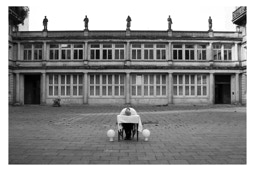
Frankfurter Allee
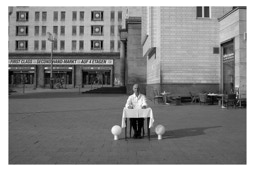
Frankfurter Tor
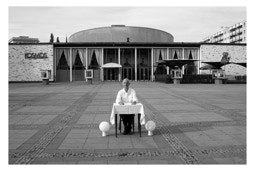
Kino Kosmos
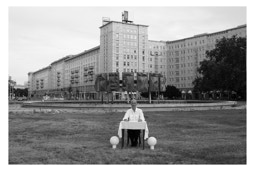
Strausberger Platz
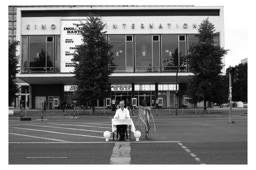
Kino International
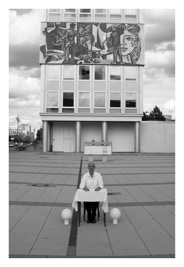
Haus des Lehrers
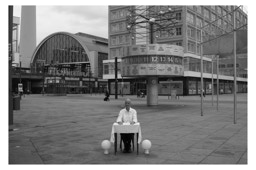
Alexanderplatz-Weltzeituhr
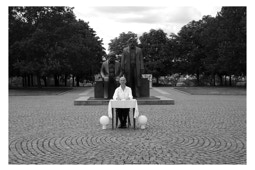
Marx-Engels-Forum
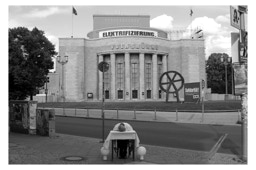
Rosa Luxemburg Platz - Volksbühne
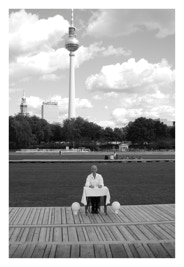
ehemaliger Palast der Republik
From 1949 to 1989 Berlin was a divided town. The Soviet sector turned into the »capital of the GDR«. While the West Berlin town center was developing around Emperor Wilhelm Memorial Church, the Kudamm and Tauentzien, the Alexanderplatz became the center of the capital of the GDR. The east west axis of Berlin »Unter den Linden« with her prolongation Liebknechtstrasse hit on Alexanderplatz on a Magistrale branching off after southeast: the Karl-Marx-Allee. The boulevard was named Stalinallee between 1949 and 1961 (previously Große Frankfurter Strasse) and was a flagship building project of East Germany’s reconstruction programm after World War II. It was designed by the architects Hermann Henselmann, Hartmann, Hopp, Leucht, Paulick and Souradny to contain spacious and luxurious apartments for plain workers, as well as shops, restaurants, cafés, a tourist hotel and an enormous cinema (the International) to represent the political new beginning in the East of Germany impressively. The avenue is lined with monumental eight-storey buildings designed in the wedding-cake-style, the socialistic classicism of the Soviet Union with columns, arcades and colonnades, friezes and ledges, towers and covered walks. Most of the buildings are covered by architectural ceramics.
The Italian architect Aldo Rossi calls the Stalinallee the »last big street of Europe«.